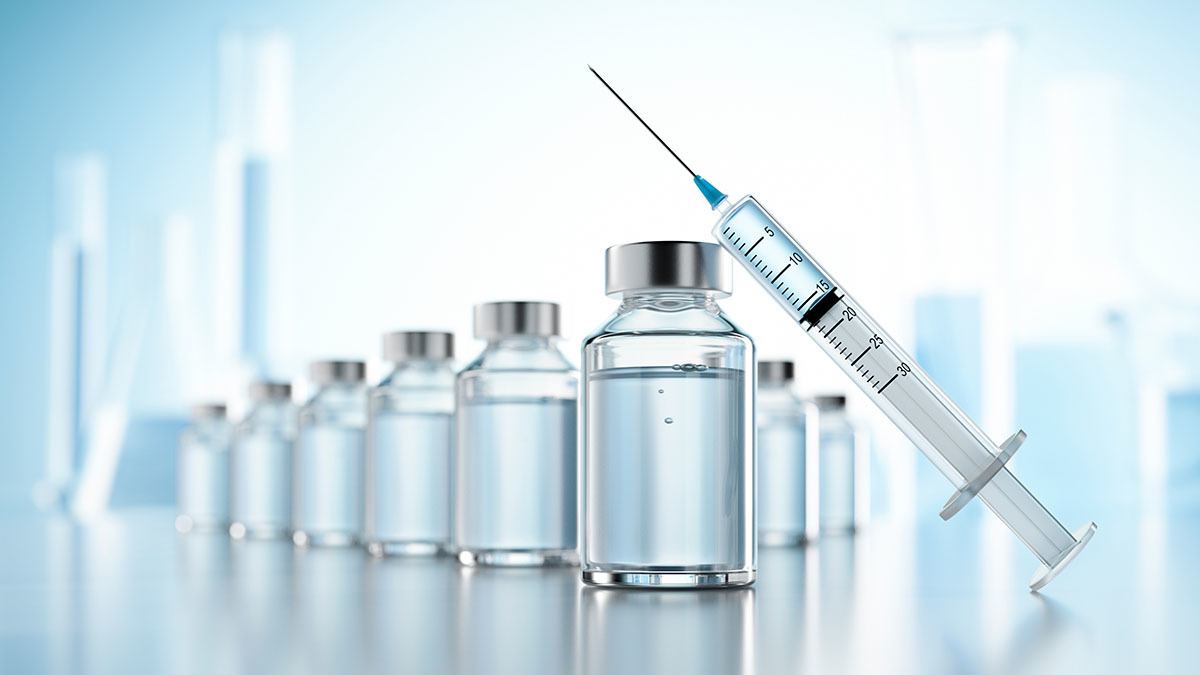USP Hydrolytic Stress Leachables Testing
The USP Hydrolytic Stress Leachables Testing is a critical analytical method used to evaluate the potential for leachable substances in pharmaceutical products and packaging materials. This testing is essential to ensure product safety, compliance with regulatory standards, and protection of patients from harmful contaminants.
Leachables are substances that may be released into the environment or into a product during processing, storage, or use. The USP Hydrolytic Stress Leachables Testing focuses on identifying these leachable components under simulated real-world conditions, such as high temperature and pressure, which mimic the effects of hydrolysis over time.
This testing is particularly important for products that come into contact with water, such as oral medications or injectable solutions. By subjecting samples to a controlled environment that mimics actual use conditions, this method helps manufacturers identify potential risks early in the development process and mitigate them before they impact patient safety.
The USP Hydrolytic Stress Leachables Testing follows the guidelines set forth in United States Pharmacopeia (USP) chapters 1235 and 1236. These standards provide detailed protocols for sample preparation, reconstitution procedures, and analysis techniques to ensure accurate results.
The testing process typically involves several steps:
- Sample selection
- Reconstitution of the sample with simulated use conditions (e.g., water)
- Hydrolysis in a controlled environment at specified temperature and time
- Analytical separation and quantification using appropriate analytical techniques such as High-Performance Liquid Chromatography (HPLC), Inductively Coupled Plasma Mass Spectrometry (ICP-MS), or Gas Chromatography-Mass Spectrometry (GC-MS)
The results of this testing are then compared against the USP’s established leachables lists, which include both known and potential problematic substances. If any listed compounds exceed acceptable levels, further investigation is required to determine their source and mitigate any risks.
| Step | Description | Methodology |
|---|---|---|
| Sample Preparation | Select representative samples of the pharmaceutical product or packaging material. | Ensure proper labeling and documentation. Conduct visual inspection for any visible defects. |
| Reconstitution | Simulate real-world conditions using water or other appropriate solvents. | Adjust pH to mimic actual use scenarios, if necessary. |
| Hydrolysis | Expose the sample to high temperature and pressure for a specified duration. | Use autoclaving or other suitable methods as per USP guidelines. |
| Analytical Separation & Quantification | Separate and quantify leachable substances using HPLC, ICP-MS, GC-MS, etc. | Ensure accurate calibration of instruments and adherence to standard operating procedures (SOPs). |
Benefits
The USP Hydrolytic Stress Leachables Testing offers numerous benefits that enhance the safety and efficacy of pharmaceutical products. By identifying potential leachable substances early in the development process, manufacturers can take proactive measures to reduce risks associated with these compounds.
- Ensures compliance with international regulatory standards
- Promotes product quality by minimizing contamination risks
- Aids in maintaining consistent batch-to-batch consistency
- Facilitates faster market entry by addressing potential issues early
In addition to these direct benefits, the testing also supports long-term patient safety. By reducing the likelihood of harmful substances entering into contact with patients, this method contributes significantly to public health.
International Acceptance and Recognition
- The USP Hydrolytic Stress Leachables Testing is widely recognized globally for its robustness and reliability. It has been accepted by regulatory bodies worldwide, including the FDA, EMA, and WHO.
- This testing method is also referenced in several international standards such as ISO 10993-18:2015 and ICH Q1A(R2).
Its widespread acceptance underscores its importance in ensuring product safety across borders. Many companies that operate internationally rely on this testing to meet global regulatory requirements.
Use Cases and Application Examples
- Development of new pharmaceutical products: Identifying potential leachable substances during early stages of product development allows for informed decision-making regarding material selection.
- Manufacturing process optimization: Monitoring leachables throughout the manufacturing cycle helps ensure consistent quality and reduces variability in final products.
In this section, we present a case study involving a leading pharmaceutical company that utilized USP Hydrolytic Stress Leachables Testing during their development phase:
| Stage of Development | Main Objective | Results |
|---|---|---|
| Development Phase | To identify potential leachable substances early in the development process. | A number of potentially harmful compounds were identified. These included polyethylene glycol and bisphenol A, both present at levels well below USP limits but still requiring further investigation. |





